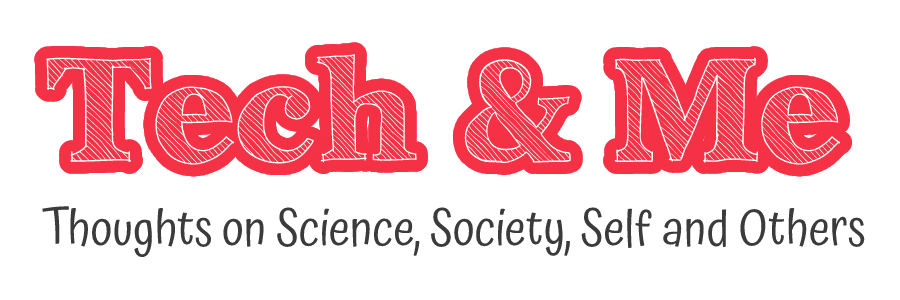“When managers use ESG frameworks to inform choices, risk is inherently minimized.” – Hendrith Vanlon Smith Jr, CEO of Mayflower-Plymout
I have been increasingly hearing the term ‘ESG’ for some time. I decided to learn more about it after I overheard my dad talking to someone over the phone about what ESG framework they want to use in their business. As I started researching the topic, my interest kept on growing. ESG does appear to address the needs of the planet in wake of the global challenges, which are threating our existence.
Here are some questions that kept popping in my head and the answers I found through desktop research, seminar in our school and talking to my dad.
What is ESG?
ESG stands for Environmental, Social and Governance.
Who is supposed to do what with ESG?
ESG is a framework that businesses use to organize their activities around these three pillars – Environmental, Social and Governance.
I must say that while ‘E’, ‘S’, and ‘G’ are supposed to be equally important, I noticed in my reading that ‘E’ gets way more focus than the other two. My hypothesis is this is because environmental is something the whole word has been talking about for some time, the impact of environment degradation such as global warming is something swhich have been well established and also can be seen and felt on day to day lives.
Where did the term ESG come from?
The first group to coin the phrase ESG was the United Nations Environment Programme Initiative in the Freshfields Report in October 2005.
Looks like there was a lot of debate on the order in which the three letters (E, S and G) need to be placed. While I find it little odd that such topics (order of letters) also get debated at such forums, I can only assume it must be important to get the order right to improve the appeal of the acronym.
What is covered in E (Environment) pillar?
Emissions such as greenhouse gases, Water and ground pollution emissions, Use of virgin vs recycled resources in production processes, Use of renewable material in the product (to avoid landfills), Water neutrality, Deforestation and biodiversity.
Now you see why ‘E’ is the King.
What is covered in S (Social) pillar?
Labor practices, Product safety and quality, Safety standards in the factories, Corporate Social Responsibility, Caring about society in general.
I am sure you have read stories about workers in some parts of the world working in horrible and unsafe conditions in the name of low cost sourcing. It appears that finally there is a framework to address that part of the social impact of business.
What is covered in G (Governance) pillar?
Shareholder rights, Workforce diversity and inclusion, compliance to regulations, cybersecurity etc.
I have a feeling that ‘G’ part of the ESG framework yet to be defined in a comprehensive way. For now, it seems to contain all those items which could be covered in ‘E’ and ‘S’.
Well, that’s it for now. Few questions which still remain unanswered in my head:
- How will the ESG be enforced?
- Is ESG a fad or here to stay?
- Will this not increase the cost of doing business?
- Who will pay of ESG?
- What is ESG investing?
Stay tuned. I will report back on what I discover.
